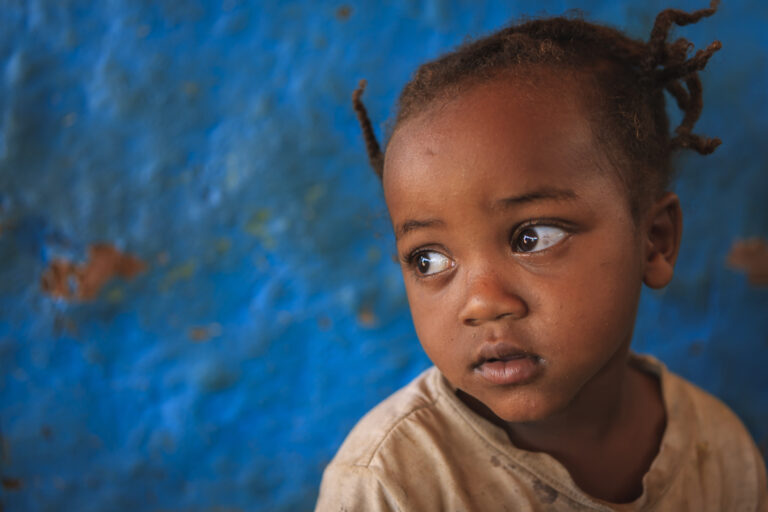Contrary to the fear mongering of the population alarmists, the world isn’t heading for a demographic catastrophe. The latest data on world population from the U.N. Population Division reveal a number of trends that indicate otherwise. The following is PRI’s brief overview of some of the findings from the recently released 2015 Revision of the World Population Prospects.
According to the U.N. Population Division’s medium variant projection, world population is estimated to be 7.3 billion today. That number is expected to rise to 9.7 billion by 2050 and 11.2 billion by 2100. In the past two and a half decades, world population has increased by 2 billion people. Yet despite the rapid rise in world population, the percentage of people living with hunger in developing countries has actually dropped from 24% to 14% over the same time period. Welcoming another 4 billion to the human family, if that in fact actually happens, does not necessitate a demographic catastrophe.
In fact, the future appears to be quite bright for coming generations of humanity, especially in those in poorer and less developed nations. Infant and childhood mortality are set to decline sharply worldwide. By 2100, the rate of deaths among children under the age of five will fall as much as 82% in less developed countries and 80% in the world’s least developed countries.
Future generations will also have significantly longer lifespans to look forward to. World average life expectancy at birth in the early 1950’s was 48 years for women and 45 for men. Today those numbers are 73 for women and 68 for men. By 2100, life expectancy at birth will have risen to almost 85 for women and 82 for men worldwide and even higher in developed nations—92 years for women.
The challenges of the 21st century do not stem from overpopulation but from falling fertility rates and aging. Large cohorts of elderly will have comparatively fewer youth to support them. By 2100, potential dependents (adults over 65 and youth under 20) in high and upper-middle income countries will constitute half of the total population, up from about 37% today.
While the number of deaths will outnumber the number of births in Europe by 3.2 million between 2015 and 2020, that number is set to quadruple by mid-century. Japan and ten European countries are set to see their total populations decline by more than 15% by 2050.
Overall, the world will look very different demographically in 2100 than it looks today. Many developments are positive—such as a decrease in child mortality and greater life expectancy—while others present challenges—such as increasing dependency, population decline in some areas, and feeding a world of up to 11 billion people.
Population alarmist would have us believe the world is overpopulated with too many people placing too great a strain on the environment and our resources. While it is true that we all share this one planet we call home, hunger and poverty in the world today are largely the result of underdevelopment, civil strife and conflict, not an excess in today’s population. Environmental degradation, although a pressing problem, has much more to do with an irresponsible disposal of waste in countries like China, with unregulated corporations cutting corners to meet their bottom lines, with poor urban planning, and with wasteful, inefficient, and corrupt governments.
Whatever challenges lie ahead, the solution cannot be compulsory birth control and abortion in the name of controlling population. The past fifty years have seen repeated abuses of the human rights of women and men including:
●China’s one-child-per-family policy. Since 1979, enforcement of the policy has reduced the population of China by approximately 400 million people, the majority of which were a result of forced abortion. As one family planning slogan in China goes, “It would be better to have blood flow like a river than to increase the population by one.”
●India’s on-going sterilization camps. Each year, various Indian states set up sterilization camps in poor areas where large number of women are given tubal ligations under duress. Many of them are not told that the sterilization is permanent, nor have they freely given their consent to the procedure. Deaths are not uncommon.
●Sterilization campaigns in Peru during the late 1990’s sterilized over 300,000 women, most of them indigenous women who were bribed or coerced into the operation. In many instances, women did not give consent and were forcibly sterilized.
UNFPA and USAID programs flood countries with contraceptives that women do not want, and often impose it on them without their informed consent. The U.N. Population Division report suggests that these programs should be ended—yesterday.











